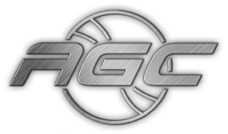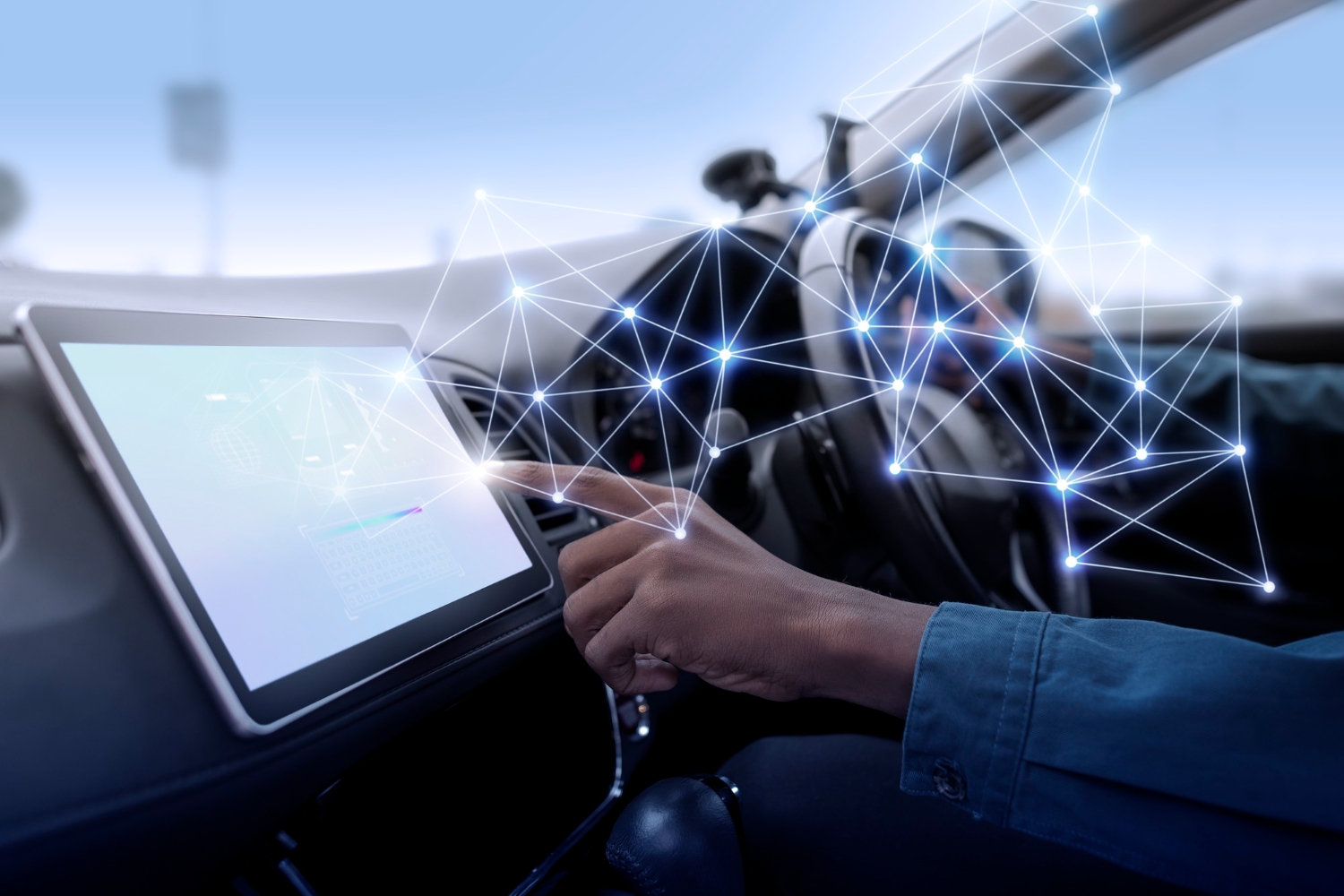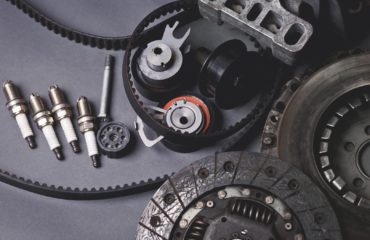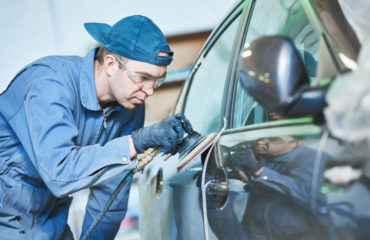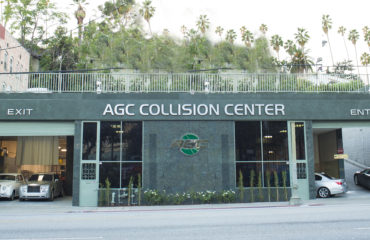Your vehicle likely has multiple advanced driver assistance systems (ADAS): auto-emergency braking, adaptive cruise control, blind spot detection, lane-keep assist and parking assistance. Different auto makers refer to their systems with different terms, but they are all designed to reduce the chance and severity of accidents, to help keep you and your passengers safe.
The growth in the numbers of these systems mean there are sensors, radar and cameras throughout the vehicle: under bumper covers or in grilles, in sideview mirrors, behind the windshield.
All of these items can be damaged or destroyed in an accident and may need to be replaced. And even when they are not, they need to be electronically scanned, recalibrated or reset to make sure they are aligned, functioning and communicating with the vehicle’s overall system to ensure the safety and performance of your vehicle. A sensor or camera that is misaligned by even just one or two degrees can greatly impact how it gauges risk as it “looks” sometimes hundreds of yards ahead as you drive down the road. It can mean the difference between avoiding your next collision…or not.
Even something as simple as an added layer of paint on a bumper cover or other part through which a sensor “sees” can impact that sensors performance. In some cases, we need to use specialized repair processes or automaker-specified paint products and application methods to make sure we aren’t interfering with the ADAS.
AGC has the specialty equipment and training to ensure this critical and exacting work has been done correctly. In some cases, because of the cost and complexity of these systems, which vary by automaker, we may sublet some of this work to a qualified dealership or specialty calibration center. But we know what work to ask these service providers to perform, and how to check it has been done through vehicle scanning and test drives.
